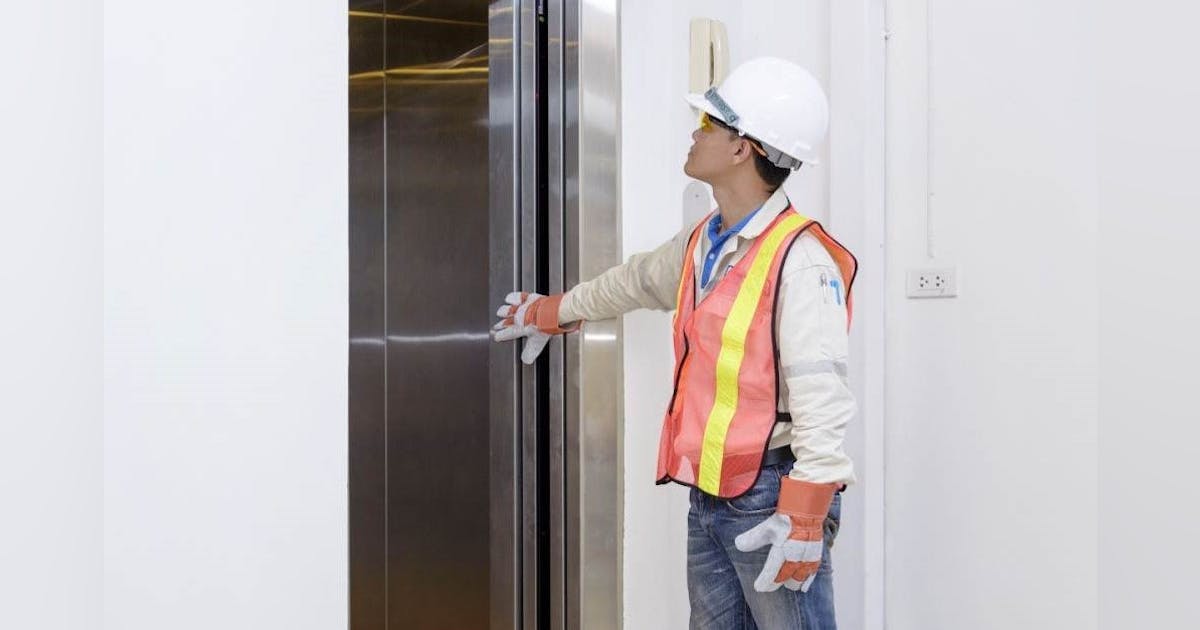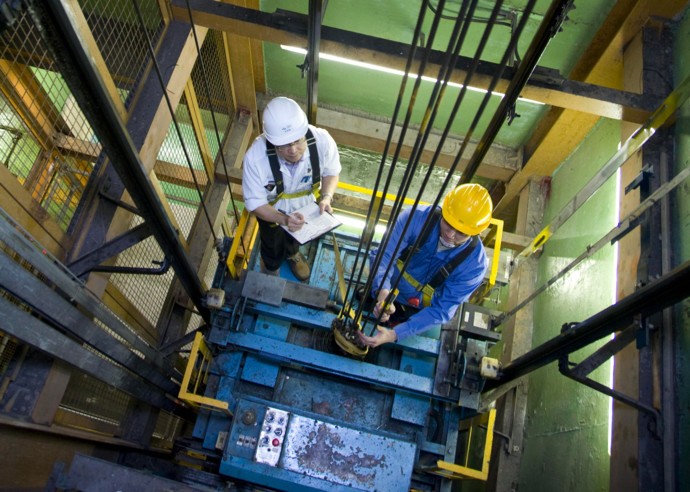Picking the most effective Lift Maintenance Contract for Long-Term Efficiency
Picking the most effective Lift Maintenance Contract for Long-Term Efficiency
Blog Article
Exploring the Comprehensive Actions Required for Lift Upkeep
In the world of structure maintenance, guaranteeing the correct performance and safety and security of lifts is paramount. By addressing essential facets such as aggressive maintenance schedules, safety checks, and emergency situation readiness, a detailed understanding of the complexities entailed in lift maintenance can lead to boosted efficiency and safety.
Routine Assessments
When it pertains to making sure the long life and security of your lift system, routine evaluations are extremely important. These regular checks play an essential duty in identifying any potential issues before they rise right into significant problems, making certain the risk-free and smooth procedure of the lift. By carrying out normal evaluations, maintenance teams can proactively resolve damage, faulty elements, or any kind of other problems that may endanger the lift's efficiency or security.
During these assessments, trained professionals extensively examine different elements of the lift system, consisting of mechanical elements, electric systems, safety attributes, and total structural stability (lift maintenance). They search for indications of wear, corrosion, leaks, or any type of anomalies that could suggest an issue. Additionally, they validate that all safety systems are working appropriately and in compliance with guidelines. By finding and dealing with concerns early on, these evaluations aid protect against pricey repairs, downtime, or safety threats, eventually prolonging the lifespan of the lift system and making sure the wellness of its customers.
Aggressive Maintenance Schedules
Applying aggressive maintenance schedules is important for making the most of the efficiency and longevity of lift systems. By adhering to an aggressive maintenance method, lift owners can resolve potential concerns before they intensify into major troubles, inevitably lowering downtime and expensive repair work. Aggressive maintenance involves normal evaluations, lubrication of relocating components, screening safety functions, and replacing worn elements. These arranged upkeep jobs not only help in preventing malfunctions however additionally add to keeping the lift's efficiency at optimum levels.
A well-structured aggressive maintenance timetable need to outline particular jobs, regularities, and liable workers. When developing these routines to ensure the lift operates securely and efficiently, it is vital to comply with supplier recommendations and market standards. Additionally, documenting upkeep tasks and keeping comprehensive records can give valuable understandings into the lift's performance with time, helping in making and recognizing trends educated maintenance choices.

Security Conformity Checks
Making certain safety and security compliance through complete checks is vital in preserving lift systems' reliability and protecting individual wellness. Security conformity checks involve a comprehensive analysis of numerous components, including electric systems, mechanical parts, emergency situation brakes, doors, and various other critical security attributes. These checks are necessary to recognize any kind of possible hazards or malfunctions that can compromise the lift's operation and placed individuals at risk.
Regular safety and security compliance checks need to be conducted by qualified technicians in adherence to industry policies and standards. These checks help in finding problems early on, enabling for timely repair services and precautionary upkeep measures to be executed. Keeping in-depth documents of safety conformity checks is crucial for tracking the lift system's efficiency over time and demonstrating conformity with safety and security regulations.
Tools Upgrades and Modernization
Enhancing lift systems via devices upgrades and innovation is vital for improving efficiency and security standards in upright transport. As innovation developments, older lift systems might become outdated, resulting in lowered reliability and potential security threats. By buying equipment upgrades and modernization, structure owners can guarantee that their lifts fulfill current sector standards and regulations.

In addition to functional advantages, tools upgrades and innovation projects can also boost the aesthetic appeals of the lift, offering an extra modern and enticing experience for passengers. Eventually, purchasing lift upgrades and modernization is a proactive approach in the direction of ensuring the durability, safety, and efficiency of vertical transportation systems.
Emergency Situation Readiness Preparation
An effective emergency situation preparedness plan is critical for ensuring the security and quick reaction in situation of unanticipated incidents entailing lift systems. Emergency readiness planning for lift systems includes a methodical strategy to reduce threats, ensure passenger security, and minimize downtime throughout emergency situations.
Secret components of an emergency readiness strategy for lifts include clear communication protocols, regular training for lift drivers on emergency procedures, and regular drills to check the performance of the plan. lift engineer. Additionally, the strategy must detail specific functions and responsibilities for all stakeholders entailed, including building monitoring, upkeep personnel, and emergency situation responders
In case of a lift malfunction or entrapment, having a well-defined emergency situation lift and engineering services plan can aid in working with a efficient and prompt reaction to make certain the safety and well-being of guests. Timely communication, access to emergency situation equipment such as interaction devices and emergency situation lights, and expertise of discharge procedures are essential facets of a detailed emergency preparedness prepare for lift systems. By focusing on emergency situation preparedness planning, structure supervisors can boost the overall security and reliability of their lift systems.
Conclusion
To conclude, the detailed procedures required for lift maintenance consist of routine examinations, aggressive upkeep schedules, security compliance checks, devices upgrades and modernization, and emergency situation readiness preparation. These measures are important for making certain the safety, dependability, and effectiveness of lifts in various settings. By applying these actions, lift proprietors can minimize the risk of mishaps, prolong the life-span of their devices, and abide with sector regulations.

Throughout these inspections, trained professionals completely analyze numerous elements of the lift system, including mechanical elements, electric systems, security attributes, and general architectural integrity.Making sure safety and security conformity via comprehensive checks is critical in preserving lift systems' dependability and guarding user health. Maintaining detailed records of security compliance checks is vital for tracking the lift system's performance over time and demonstrating compliance with safety and security policies.
By focusing on emergency situation preparedness planning, structure managers can boost the total security and integrity of their lift systems.
Report this page